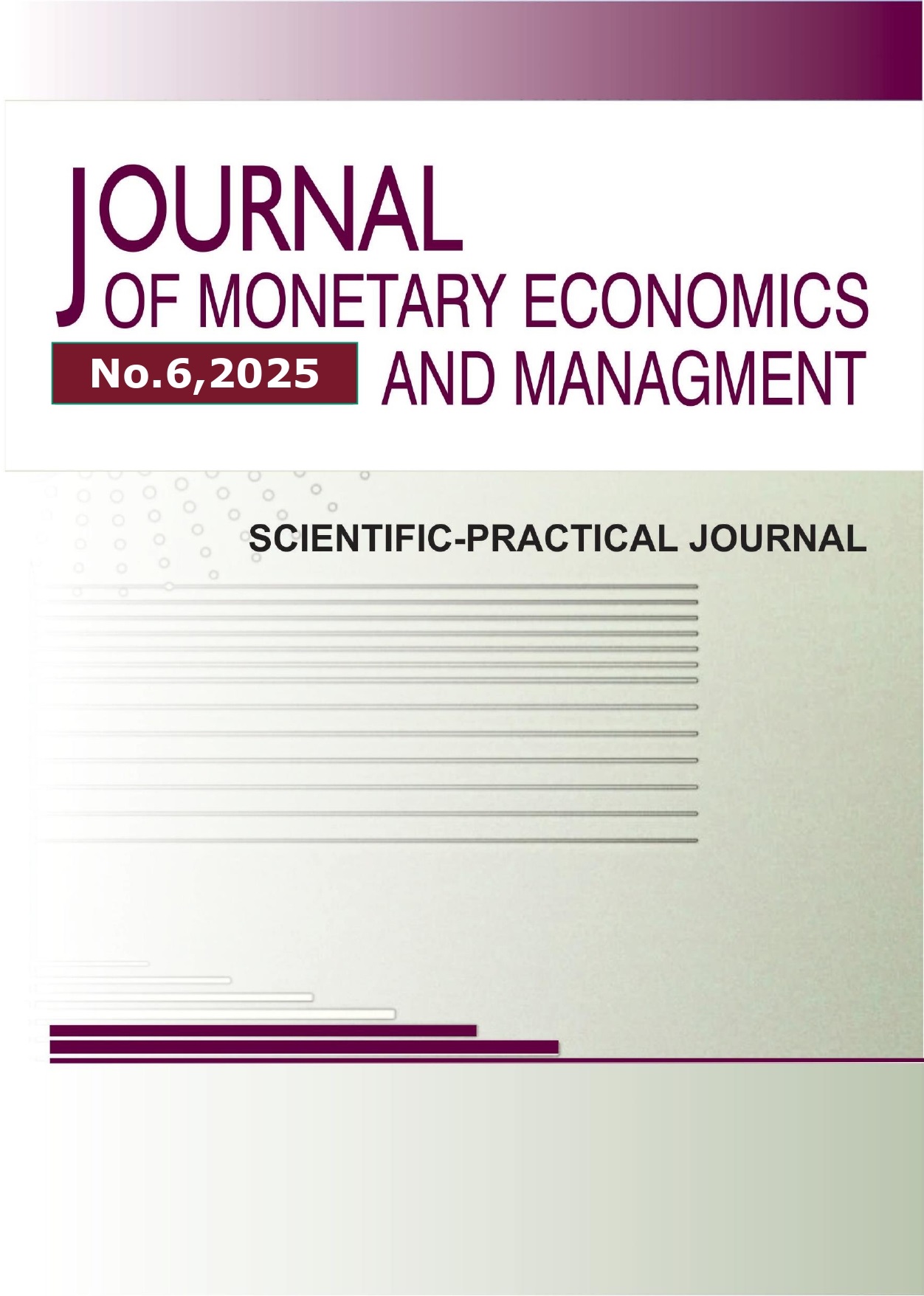graduate student
The article examines modern approaches to asset valuation with a focus on the selection, classification and comparability of data sources used for model testing and validation. It proposes a conceptual framework spanning both observable market indicators (quotes for liquid public securities, aggregated market measures) and expert-based inputs (independent appraisal reports, buy-side/sell-side assessments), as well as different value notions market, investment and liquidation value. The paper introduces the Asset Valuation Act (AVA) as a universal unit that records the outcome of a valuation action at a specific date, enabling heterogeneous sources to be captured within a single dataset for backtesting. A taxonomy of AVA sources is outlined along the dimensions of origin, observability, update frequency, methodological transparency, and bias risk, which facilitates cross-study comparability and practical implementation. The analysis shows that no single source is sufficient: market data provide timeliness and objectivity in liquid markets but may be distorted under illiquidity and stress, while expert assessments are indispensable for unique and non-traded assets yet call for stricter controls on independence, data quality, and reproducibility. The paper argues for standardization of backtesting procedures–including AVA metadata requirements, sampling and aggregation rules, and common criteria for accuracy and robustness–and for the development of formal reliability criteria tailored to different AVA types. Implementing the proposed framework improves transparency, comparability, and reproducibility of valuation research, supports model calibration, and reduces subjective assumptions in decision-making.
valuation, asset valuation act, backtesting, model validation, reverse testing
1. Harasheh M., Amaduzzi A., Darwish F. The relevance of valuation models: insights from Palestine exchange //International Journal of Islamic and Middle Eastern Finance and Management. – 2020. – T. 13. – №. 5. – S. 827-845.
2. Heinrichs N. et al. Extended dividend, cash flow, and residual income valuation models: Accounting for deviations from ideal conditions //Contemporary Accounting Research. – 2013. – T. 30. – №. 1. – S. 42-79.
3. Hermawan A. Stock Valuation Analysis in Making Investment Decisions Covid-19 Pandemic //Indikator: Jurnal Ilmiah Manajemen Dan Bisnis. – 2022. – T. 6. – №. 1. – S. 21.
4. Lehmann C., Alfredsson A. Intrinsic Equity Valuation: An Emprical Assessment of Model Accuracy. – 2016.
5. Sutjipto E., Setiawan W. Accuracy of dividend discount model and p/e ratio valuation in Indonesia stock exchange //Proceedings of the the 3rd International Conference on Education & Social Science Research (ICESRE). – 2020.
6. Wells P. et al. A practical comparison of firm valuation models: cash flow, dividend and income //JASSA. – 2008. – №. 2. – S. 22-28.
7. Yulianto D., Mulyantini S., Arieftiara D. Valuation of Intrinsic Value of Construction Sector Stock Using Residual Income Model (RIM) and Dividend Discount Model (DDM) //Budapest International Research and Critics Institute-Journal (BIRCI-Journal). – 2021. – T. 4. – №. 3. – S. 7243-7257.
8. Buy-Side vs Sell-Side [Elektronnyy resurs] // Corporate Finance Institute. URL: https://corporatefinanceinstitute.com/resources/career/buy-side-vs-sell-side/ (data obrascheniya: 18.06.2025).
9. Pinto J. E. Equity asset valuation. – John Wiley & Sons, 2020.
10. Ozhegov S. I., Shvedova N. Yu. Tolkovyy slovar' russkogo yazyka [Elektronnyy resurs].









